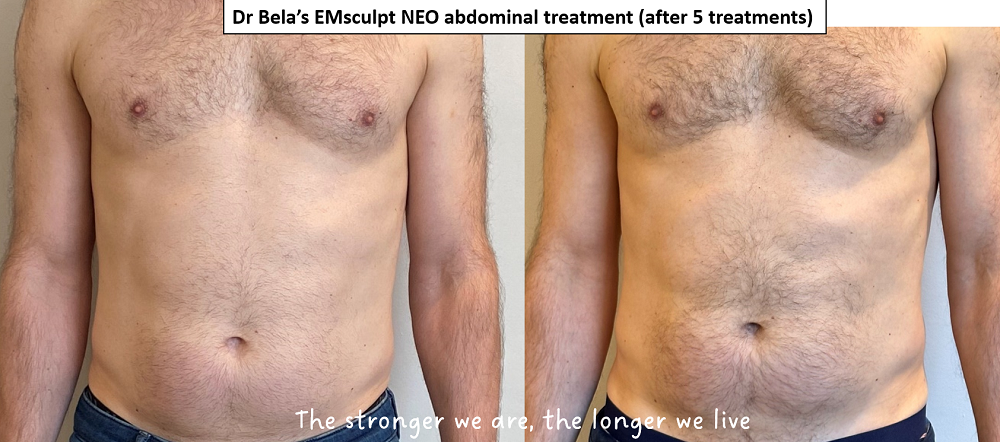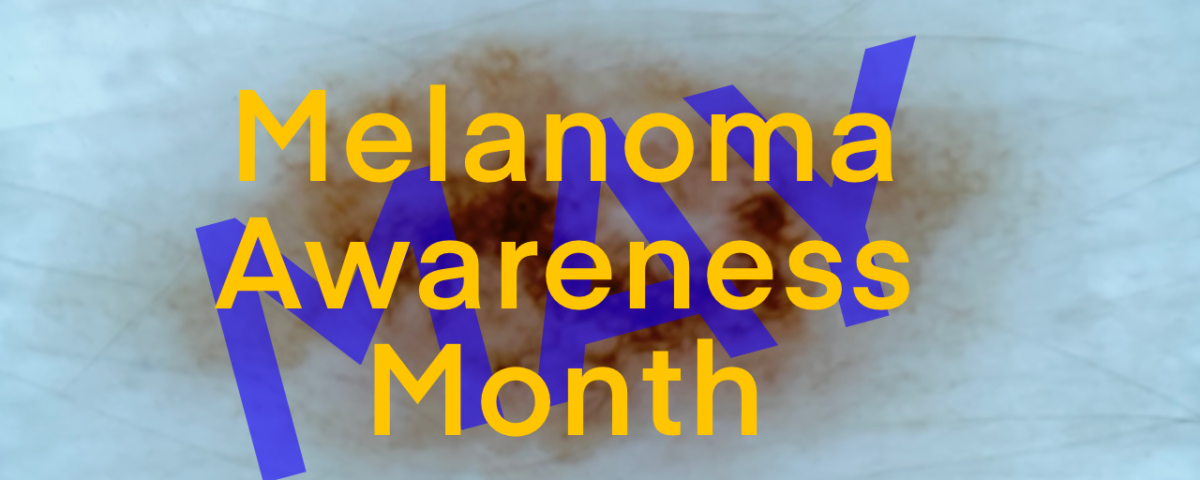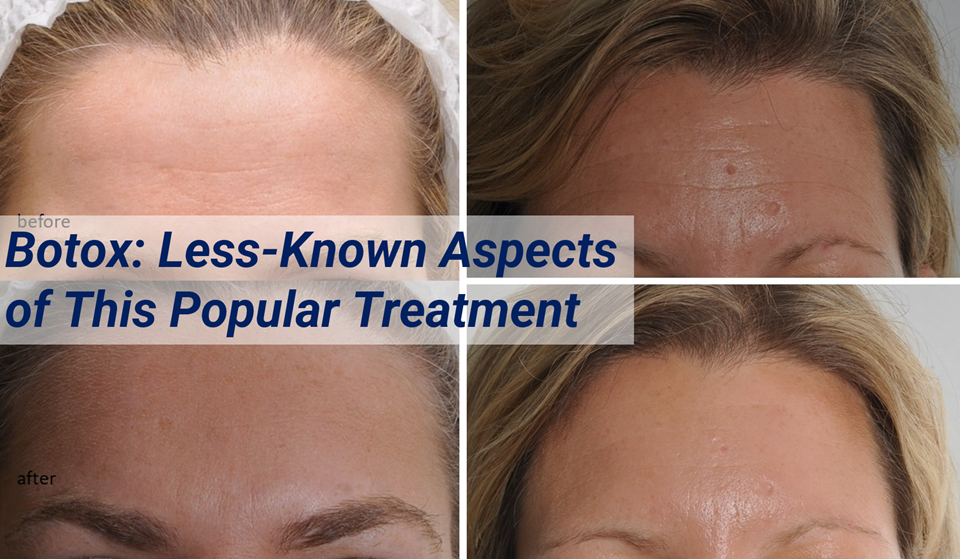
Maximizing Your EMsculpt Neo Experience: Insights from My Personal Journey
27th March 2023
Winter: Challenges and Opportunities for Your Skin (with Gift Ideas for Loved Ones)
4th December 2023May is Melanoma and Skin Cancer Awareness Month
It’s important to understand the risks, prevention, early detection (such as mole checks), and treatment options for skin cancer. Skin cancer is the most common cancer worldwide, and although melanoma is less common, it causes the most deaths related to skin cancer. In this post, I’ll discuss why raising awareness about melanoma and skin cancer matters, share tips on preventing it, explain how to detect it early and outline the treatment options available.

REAL-LIFE CASE #1: This patient didn’t notice the new, atypical mole on her thigh. The mole has been removed surgically, and histological analysis is pending to confirm its nature.
View this post on Instagram
The Importance of Melanoma and Skin Cancer Awareness
Raising awareness about melanoma and skin cancer is crucial for several reasons:
Prevalence: Skin cancer affects millions of people worldwide, with over 3 million new cases identified every year. While melanoma is less common, it is the deadliest type, leading to 60,000 deaths globally each year.
Prevention: Many skin cancer cases can be prevented through simple actions, such as using sunscreen and limiting sun exposure.
Early Detection: Catching skin cancer early, particularly melanoma, greatly improves the chances of successful treatment and survival.
Education: Public awareness campaigns are vital for correcting myths and misunderstandings about skin cancer, helping people to access accurate information and taking proper precautions.
REAL-LIFE CASE #2: Identifying an inconspicuous melanoma on a patient through mole mapping. Remarkably, this was her second melanoma diagnosis.
View this post on Instagram
Prevention Tips
Protecting your skin from the sun’s harmful ultraviolet (UV) rays is the key to preventing skin cancer.
FACT: 86% of melanoma cases are linked to ultraviolet (UV) radiation exposure from the sun and tanning devices.
Here are some essential prevention tips:
Wear Protective Clothing: Physical protection is the most effective way to guard against the sun. Wear long-sleeved shirts, long trousers, wide-brimmed hats, and sunglasses that block 100% of UVA and UVB rays. This will give you the best defence against the sun’s harmful effects.
Seek Shade: Stay in the shade, especially during the peak sun hours from 10 a.m. to 4 p.m. when the sun’s rays are strongest.
Use Sunscreen: Apply a broad-spectrum sunscreen with an SPF of at least 50 to all exposed skin, even on cloudy days. Reapply every few hours, especially after swimming or sweating. Remember that most people apply less sunscreen than needed, which reduces the effectiveness of the SPF. So, it’s wise to choose a higher SPF to ensure you’re well protected.
Avoid Tanning Beds: Tanning beds give off harmful UVA and UVB rays that can cause skin cancer. Instead, choose sunless tanning lotions or sprays.
Perform Regular Self-Exams: Get to know your skin and regularly check for any new or changing moles, growths, or other unusual signs.
REAL-LIFE CASE #3: look at this 2 mm malignant melanoma that the patient was able to spot.
View this post on Instagram
Early Detection: The ABCDEs of Melanoma
Detecting melanoma in its early stages is crucial for successful treatment. Use the ABCDE method to examine your moles and identify any suspicious changes:
A – Asymmetry: If one half of the mole does not match the other half.
B – Border: If the mole’s edges are irregular, notched, or blurred.
C – Colour: If the mole has varying shades of brown, black, or other colours.
D – Diameter: The mole’s size can be an indicator; if it is larger than a pencil eraser (6mm), it may warrant further examination. However, this rule is not absolute. Melanomas can sometimes present at smaller sizes, even as little as 2-3mm. Just look at the case study above.
E – Evolving: If the mole changes in size, shape, colour, or elevation over time. Look at the case study below.
If you notice any of these warning signs, consult a dermatologist for a professional evaluation.
REAL-LIFE CASE #4: This patient was unable to detect the substantial changes in a mole, which ultimately proved to be melanoma.
View this post on Instagram
Treatment Options
The treatment for melanoma and skin cancer depends on the type, stage, and location of the cancer.
Some people avoid getting their moles checked because they fear what might come next. However, catching melanoma early offers a big chance of success. If a suspicious mole is found, mole removing it is a simple procedure that could save your life. Don’t let fear stop you—get checked if you’re worried.
Ignoring a possible melanoma can be very dangerous. If left untreated, melanoma can reach a stage where no treatment will work, and it could become fatal. Early detection and treatment are key to successfully managing melanoma.
REAL-LIFE CASE #5: Finally, it was her 8th mole check that saved her life.
View this post on Instagram
Conclusion
May is Melanoma and Skin Cancer Awareness Month, a time to learn about the dangers of these common and potentially deadly diseases. It’s important to know how to protect yourself, spot early signs, and seek help when needed. By following sun safety advice, checking your skin regularly, and seeing a professional when necessary, you can lower your risk of skin cancer and increase the chances of successful treatment.
This May, take steps to protect your skin and help raise awareness about melanoma and skin cancer. Together, we can save lives and build a healthier future.
Schedule a Mole Check with Dr. Bela, a Dermatologist, Today!
For more information on moles and mole checks, be sure to visit Dr. Bela’s Instagram and TikTok channels.
Share this content with your loved ones and friends—you never know who might have a suspicious mole, and whose life could be saved by raising awareness.
REAL-LIFE CASE #6: the story of a melanoma on one of my aesthetic patients.
View this post on Instagram




